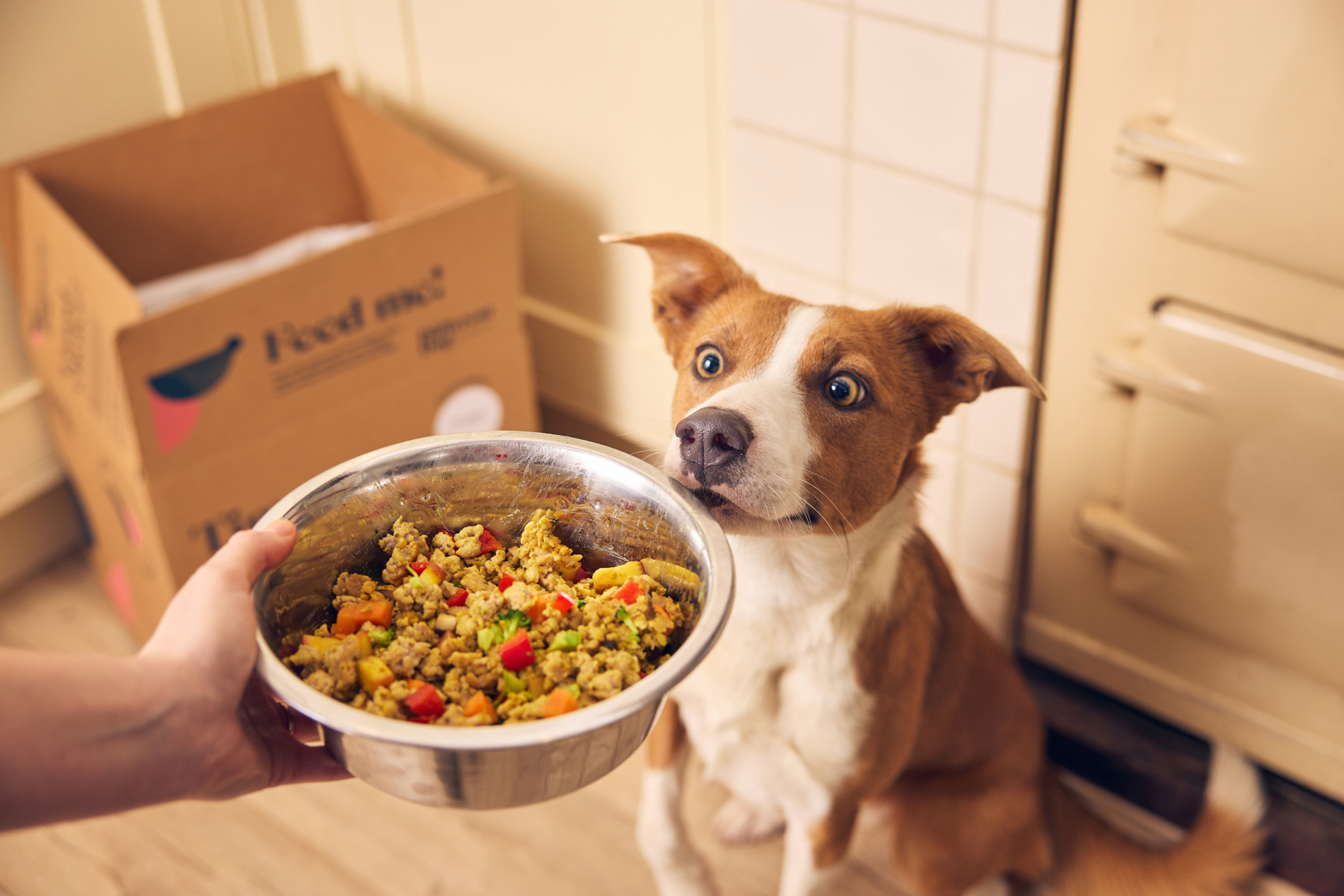Switching your pet’s diet to fresh food, often considered the Fresh dog food, can have numerous benefits, from improved digestion to enhanced overall health. However, it’s crucial to make this transition slowly to ensure it’s gentle on your pet’s tummy. In this step-by-step guide, we will walk you through the process of transitioning to Freshpet, providing a smooth and successful change
Why Transition Slowly?

Pets, like humans, can experience digestive upset when their diet is changed abruptly. By transitioning gradually, you give your pet’s digestive system time to adjust to the new food. This slow approach minimizes the risk of stomach issues and helps your pet adapt to a new diet.
Transition Guide – How to Switch Fresh dog food
Days 1-3: Introduce Fresh dog food

Begin the transition by mixing a small amount of Freshpet with your pet’s current food. For the first three days, the mix should consist of 75% of old food and 25% fresh. This initial stage allows your pet to start getting used to the new flavors and textures without overwhelming their digestive system.
Measure your pet’s daily portion of their current food.
· Replace 25% of that portion with Freshpet.
· Mix the foods well to ensure even distribution.
· Monitor your pet for any signs of digestive discomfort and ensure that they are comfortably adapting to the new mix.
Days 4-6: Increase Fresh dog food Portion
Once your pet has adjusted to the initial mix, it’s time to increase the amount of fresh food. For the next three days, feed your pet a 50/50 mix of their current food and Freshpet.
· Measure equal parts of your pet’s current food and Freshpet.
· Mix the two portions thoroughly.
· Observe your pet’s eating habits and digestion. By this stage, your pet should be showing signs of adjustment to the new food.
Days 7-9: Majority Fresh dog food
At this stage, your pet should be ready for a larger portion of fresh food. Transition to feeding 75% of Freshpet and 25% of their current food for the next three days.
· Measure 75% of your pet’s daily portion in Freshpet.
· Add 25% of their current food to the mix.
· Mix well and serve.
Continue to monitor your pet’s response to the diet change, watching for any signs of digestive upset or changes in appetite.
Days 10-12: Full Transition
By now, your pet should be well-acclimated to the change in diet. For the final stage, feed 100% Freshpet.
· Measure your pet’s full daily portion using Freshpet.
· Serve the meal without any of their old food.
· Enjoy watching your pet relish their new, nutritious meals.
The Benefits of Fresh food
Improved Appetite
One of the first changes you might notice is an improvement in your pet’s appetite. Fresh, enticing flavors and natural ingredients often make mealtime more enjoyable for pets.
Enhanced Digestion
Our nutritionally balanced meals are designed to be gentle on your pet’s stomach. As your pet transitions fully, you may notice improved digestion and less digestive upset.
Better Overall Health
A fresh food diet can contribute to better overall health for your pet. These meals are rich in essential nutrients that support a healthy coat, increased energy levels, and a stronger immune system.
Tips for a Successful Transition
Patience is Key
Every pet is unique, and some may take longer to adjust than others. Be patient and give your pet all the time they need to adapt to their new diet.
Consult Your Veterinarian
If you have any concerns about switching your pet’s food, it’s always a good idea to consult with your veterinarian. They can provide personalized advice and ensure that the transition is safe for your pet.
Conclusion
Transitioning your pet to fresh food can be a rewarding experience that brings numerous health benefits. By following this step-by-step guide and being mindful of your pet’s individual needs, you can make the switch smoothly and effectively. Enjoy the positive changes in your pet’s health and happiness as they thrive on their new, nutritious diet

